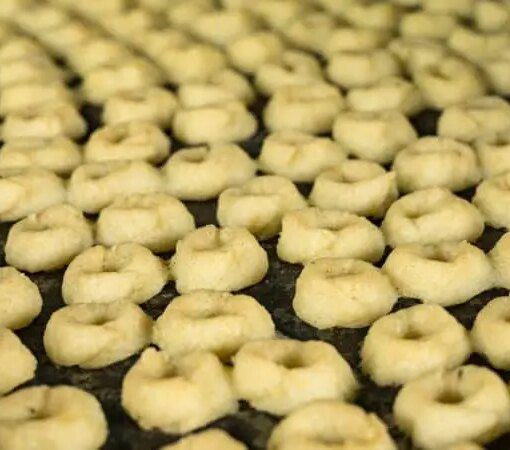Costa Rica has recently marked a significant triumph in cultural preservation with the repatriation of 395 precious pre-Columbian artifacts. This notable event, supported by a grant from the United States Embassy to the Cultural Agreements Fund, underscores a joint commitment to safeguarding historical treasures.
The Rich Legacy of the Diquís Culture
Among the returned items, a stone sphere from the Diquís culture—a civilization that flourished in the Rio Grande de Térraba Valley between AD 800 and 1500—stands out. The Diquís people, known for their intricate stone spheres, created more than 300 of these petrospheres. These spheres were typically placed in alignments within public plazas or near the residences of the elite, indicating their societal and possibly ceremonial importance.
Significance of the Stone Spheres
The spheres, some reaching up to two meters in diameter, symbolize the Diquís civilization’s sophistication. They were intricately positioned at key sites, including the Isla del Caño and the Diquís Delta, areas known for their complex settlements. The National Museum of Costa Rica has been at the forefront of investigating these spheres since 2005, particularly through its project “Archaeological Investigations in Sites with Stone Spheres, Delta del Diquís.” This initiative focuses on understanding the pre-Columbian occupation and the significance of these spheres in Diquís culture.
Details of the Repatriated Artifacts
The standout sphere, with a diameter of 65 centimeters, is believed to be crafted from gabbro—a coarse-grained mafic intrusive igneous rock, attesting to the advanced material knowledge of its creators. Alongside the spheres, the repatriation included various ceramics depicting animals and humans, ceremonial metates, stone tools, polychrome vessels, and precious seals and stones that adorned the ancient Costa Ricans.
Cultural and Diplomatic Reverence
The U.S. Ambassador to Costa Rica, Cynthia Telles, reflected on the repatriation’s significance, noting that it reinforces the shared values between the United States and Costa Rica regarding the preservation of unique historical narratives. “We recognize the value of these pieces as more than just objects, because they are an integral part of the identity of the Costa Rican people,” Telles stated, highlighting the deep respect for cultural heritage that both nations cherish.
This repatriation not only enriches Costa Rica’s historical archives but also serves as a testament to international cooperation in cultural preservation. It ensures that these artifacts will inspire and educate future generations within their rightful context, surrounded by the landscapes that their original creators once shaped.
Source link
admin



